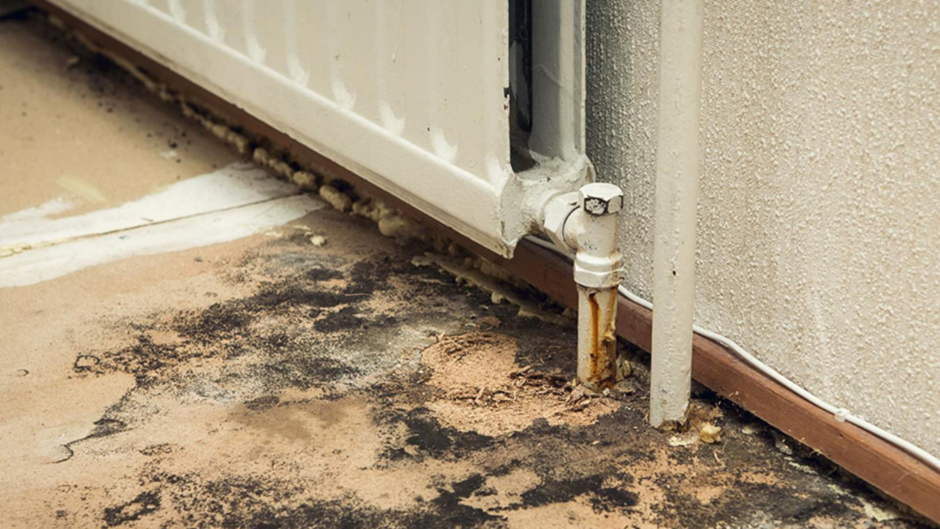Let's set the scene. You're living amongst an astounding 100,000 species of mould. From the air you breathe to the clothes you wear, mould spores loom inside and out. Avoiding them is nigh impossible, but controlling their growth? That's achievable. Let's understand why it's imperative.
Mould is an allergen and can heighten asthma symptoms and lead to breathing issues. Beyond health concerns, it can spell trouble for property owners, construction companies, and landlords, bringing potential legal ramifications.
Now, what do these spores need to thrive?
- Nutrient-rich environment (think dust, cellulose, even some building materials).
- Temperatures ranging between 4 to 40ºC.
- Moisture.
Since the first two requirements are ever-present, our best shot at mould management lies in moisture control. This means two things:
- Keeping moisture from entering buildings.
- Preventing condensation, especially in ducts and cold water pipes.
Do you think mould needs pools of water to grow? Think again. A high-humidity environment is paradise for these spores. For optimal living and mould prevention, buildings should ideally maintain a relative humidity of 60% or lower. However, HVAC systems can sometimes become local hubs for high humidity.
Now, let's tackle condensation. This phenomenon happens when air encounters surfaces cooler than its dew point. And guess what's at risk? Your cold water pipes and ducts. These can inadvertently introduce moisture to ceiling tiles, carpets, and plaster, paving the path for mould.
Insulation: Your Defence Against Unwanted Dampness
Sounds simple, doesn't it? Insulate and bid goodbye to condensation in ducts and pipes. However, there is a slight hiccup: if mishandled or in disrepair, certain insulations can unwittingly turn into mould incubators.
Enter closed-cell elastomeric foam. The champion in:
- Providing thermal efficiency.
- Fending off condensation.
- Restricting water vapour transmission.
But why is this preferable over fibreglass products?
- Fiberglass, with its structure, tends to pull in moisture, thereby broadening the mould growth area.
- It's a magnet for dust. Those air pockets making it a decent insulator are also perfect for trapping dust, mould's favourite snack.
- Mix moisture, optimal temperature, and this 'food'? It's mould party time.
So, when considering places with over 70% humidity, many specialists advocate swapping fibrous glass liners for mould-discouraging materials like closed-cell foam insulation.
What's the trend? Institutions like schools and universities, vying for superior Indoor Air Quality (IAQ), are progressively ditching the old insulation types in favour of elastomeric foam. Why? It's resistant to mould, doesn't emit fibres or particles and repels dust.
Insulations like ArmaFlex® act as formidable shields against biological threats when installed and cared for correctly. They don't allow moisture absorption. And the bonus? If, by chance, it gets messy or wet, its sleek surface ensures effortless cleaning.
In Conclusion
Guarding against mould growth is more than just a health measure; it's a safeguard for properties and a step towards sustainable construction.
Proper insulation ensures healthier indoor air quality and prevents unnecessary wear and tear on our buildings' essential systems. Why wait? Assess your insulation today.






